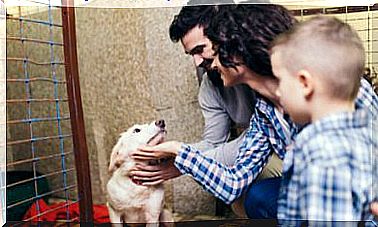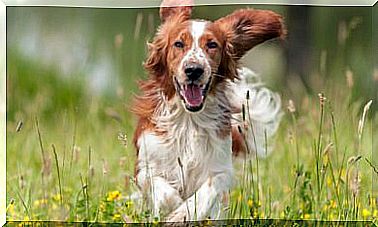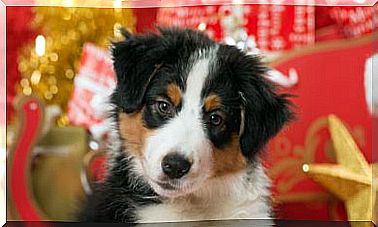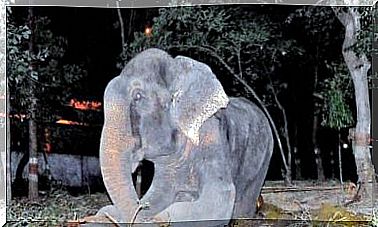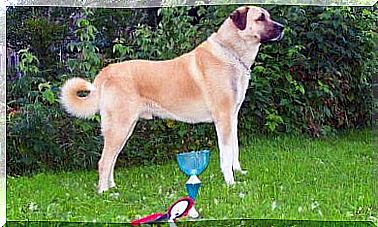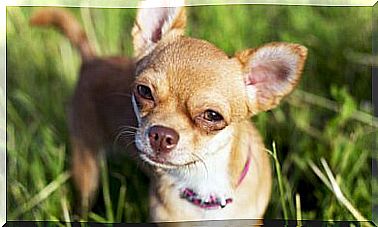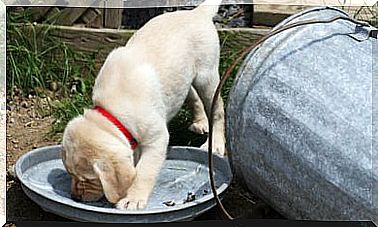Chinese Crested: Care, Characteristics And Curiosities
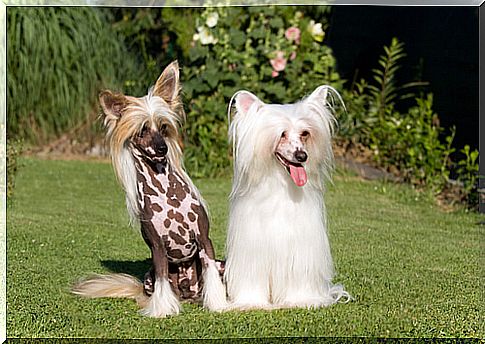
A cheerful, graceful and not surly little dog is the Chinese Crested. It belongs to the hairless dog breeds and has two varieties and two types. Here we tell you everything you need to know about this beautiful pet.
Some peculiarities of the Chinese crested
Its origin is not clearly defined, although it is assumed that it may be in the hairless dogs of Africa. However, the breed was developed in the families of the Han dynasty of China, both as guardians of treasures and hunting dogs.
In that country she was seen by English merchants who took her to their lands and ended up sponsoring her. Thus, in the 19th century, the Chinese crested began to be known in the West.
A detail to highlight about this breed is that the two varieties of Chinese crested can be born in the same litter. One lacks hair, except for the one on the head and forms the crest that gives it its name, and which also extends in part of the neck, on the feet and on the tail, like a feather.
On the other hand, the Powder Puff variety has a thin layer of long, soft veil-like hair that covers its entire body. There are also two types. The so-called ‘deer’ has a lighter skeleton than the ‘cobby’, which is heavier.
Meet the Chinese Crested, a breed of dog that, in the same litter, can present specimens with and without hair.

Physical characteristics of the breed
The Chinese crested is fine-boned and thin, but not so thin that it appears weak. With a funny appearance and alert expression, other physical characteristics of this dog are :
- Height at the withers: between 28 and 33 centimeters for males, and between 23 and 30 for females.
- Weight: should not exceed 5.5 kilograms.
- Head: flat and slightly wrinkled
- Nose: prominent. Any pigmentation is accepted.
- Muzzle: thin without being pointed.
- Lips: thin and adherent.
- Eyes: moderate, medium, dark and set widely apart.
- Ears: set low; they are long and erect. The Powder Puff may have floppy ears.
- Tail: set high, does not twist or bend. It is long and tapers towards the tip.
- Color: Any color or combination of colors is accepted.
A cheerful and fast learner dog
We are facing an active and funny dog that lacks aggressiveness. Smart and balanced, it is very easy to train. And he is very loyal and attached to his humans.
Like most dogs, the Chinese Crested does not like to be left alone for too long. Additionally, he must be properly socialized to prevent him from becoming fearful and developing destructive habits or suffering from separation anxiety.
Good socialization also ensures that the animal interacts well with other people and pets. In any case, it is not the ideal dog for young children, since it can get hurt by some rough treatment by infants.

The health of the Chinese crested
It is usually a dog that is in good health and is not overly susceptible to inherited diseases. Likewise, you can suffer:
- Calvé-Perthes-Legg disease
- Patellar luxation
- Early tooth loss
- Skin lesions
It has a life expectancy of between 13 and 15 years. As with any companion animal, in order for it to live healthy and happy, in addition to treating it with respect and affection, it must be vaccinated, dewormed, given adequate nutrition and taken to the vet periodically.
Care required by the breed
The sparse and fine hair of the Chinese crested hairless variety has to be brushed two or three times a week to avoid knots. For its part, the coat of the Powder Puff variety must be brushed at least once a day.
Also, a hairless crested has to be bathed every 15 days. On the other hand, the Powder Puff variety can be bathed when it is dirty. In both cases, a specific product determined by the veterinarian must be used.
Likewise, it should be taken into account that a hairless dog is more exposed to the action of the sun’s rays and to changes in temperature. It is essential to protect it, then, both from burns and from the cold.
In the two varieties, in addition, it is necessary to emphasize the care of the teeth. And of course, being an active dog, it should be exercised daily, both inside and outside the house.


